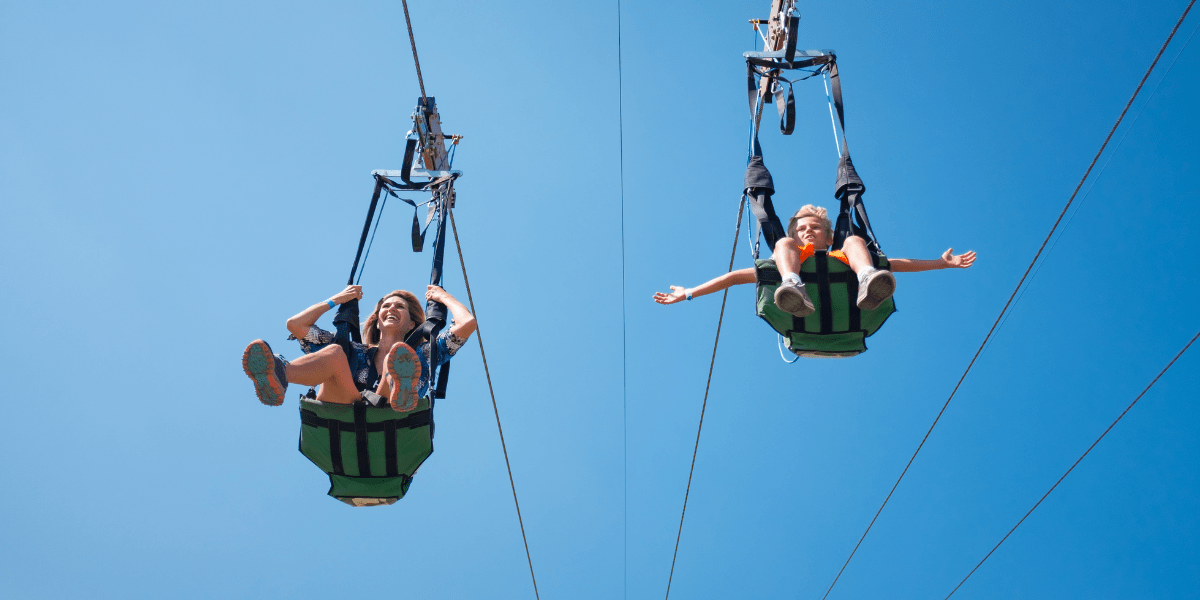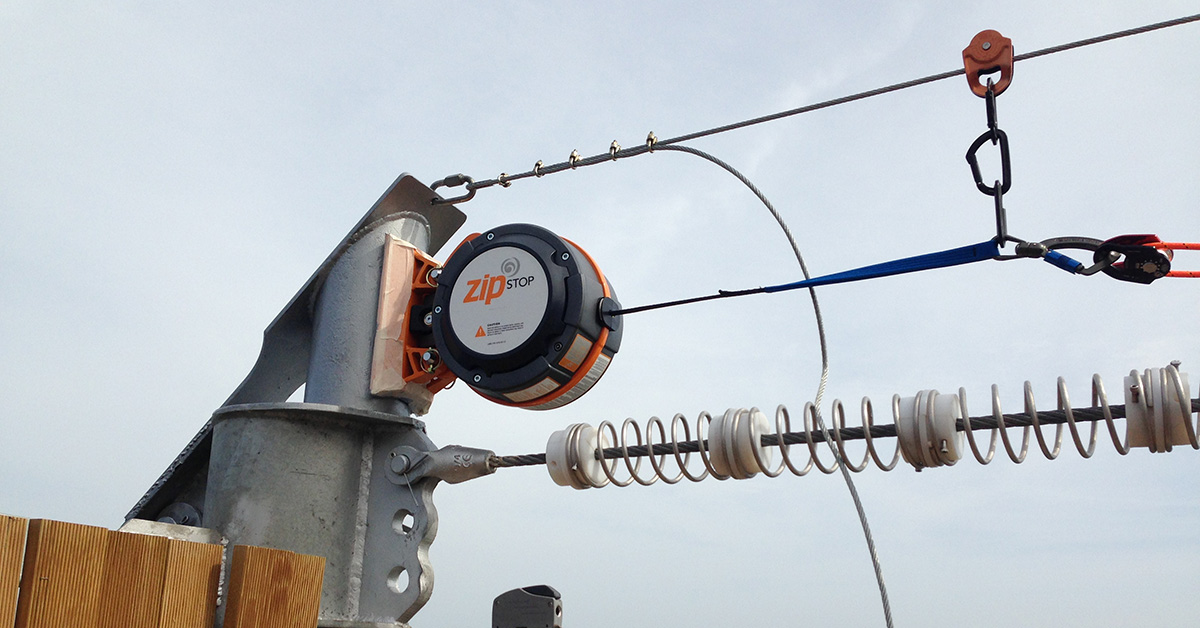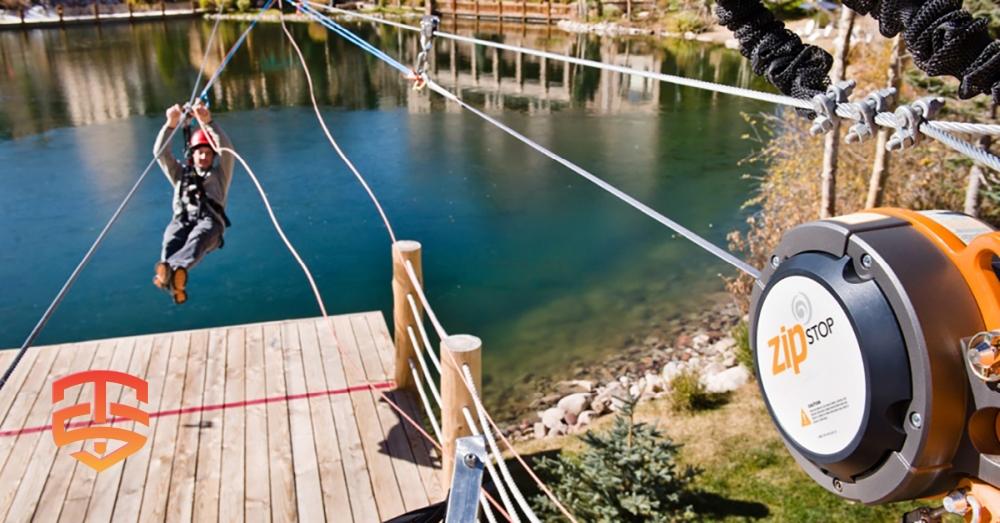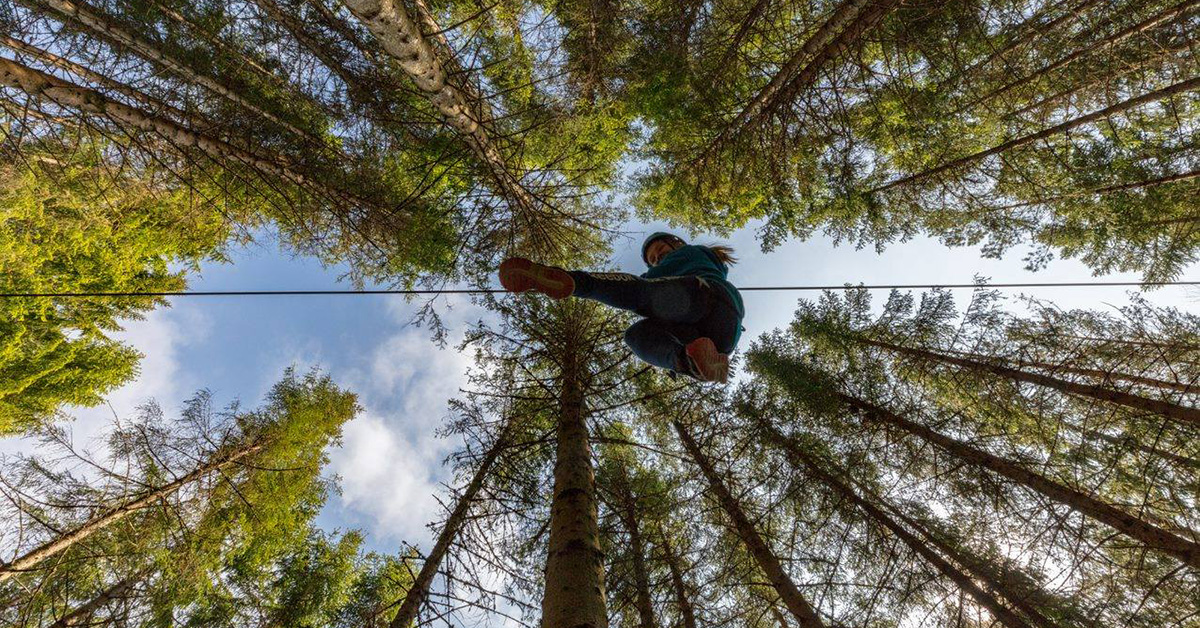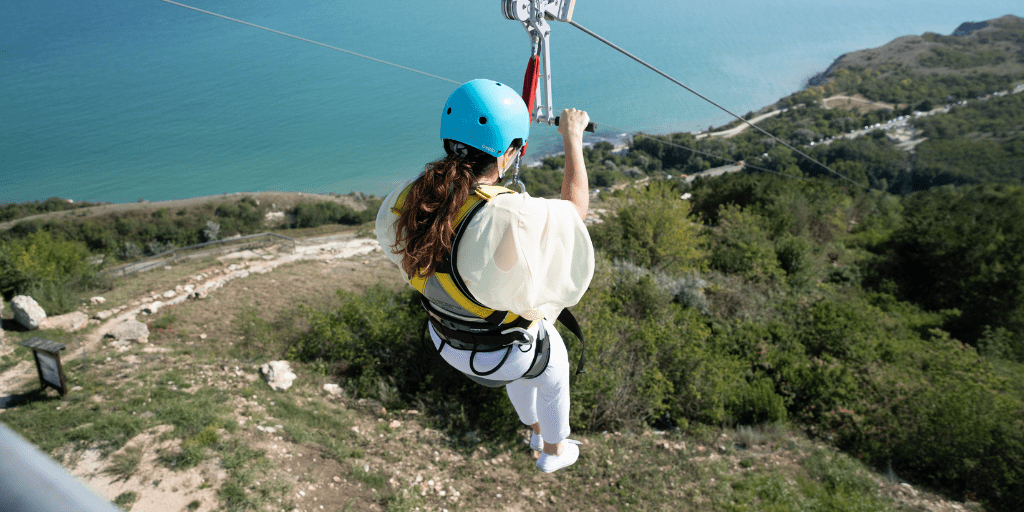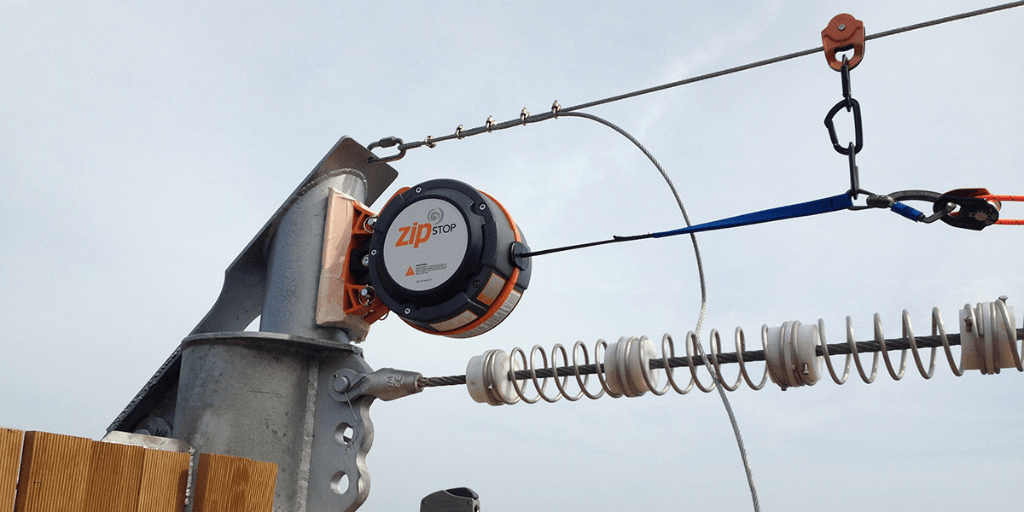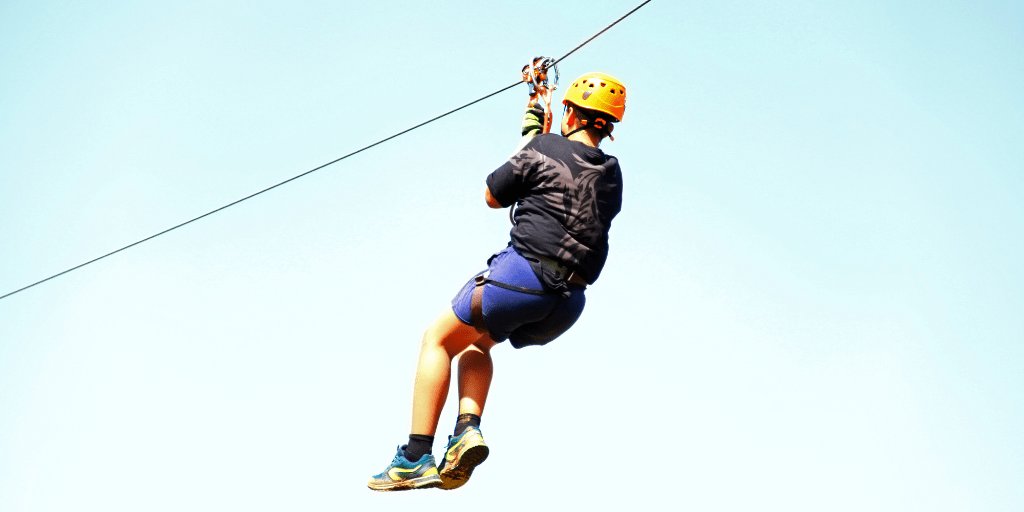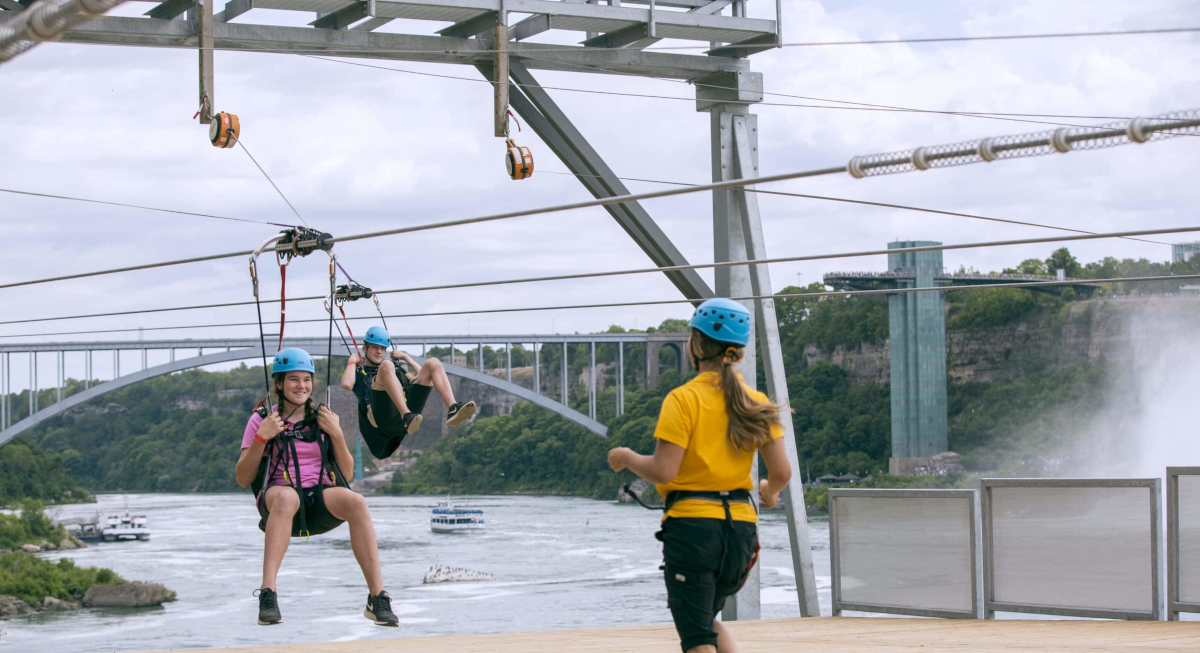
Zip lining just got a whole lot more exhilarating and safer! The magnetic Zip Line Brake is redefining the zip line experience by empowering operators to create longer, faster, and more thrilling rides than ever before. Using cutting-edge magnetic braking technology—borrowed from high-speed trains and roller coasters—it delivers unmatched safety, comfort, and performance. Designed for heavy use, low maintenance, and all-weather reliability, it’s the ultimate solution for operators looking to take their zip line courses to new heights. Whether rain or shine, zipSTOP ensures every rider enjoys a smooth, consistent stop, making it the most advanced braking system on the market today.
Continue reading The Future of Zip Lines: Safer, Faster, and More Thrilling with Magnetic Braking
